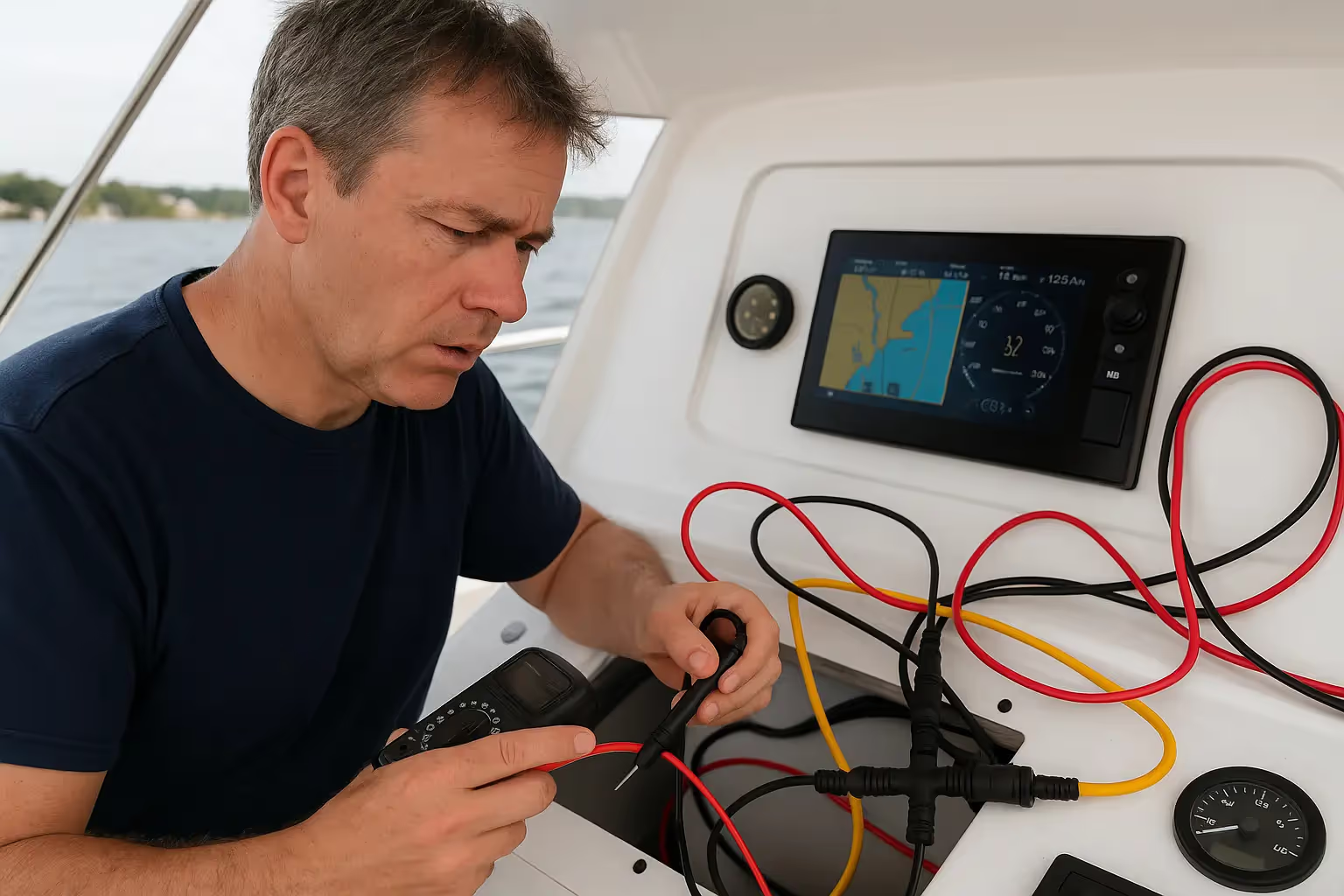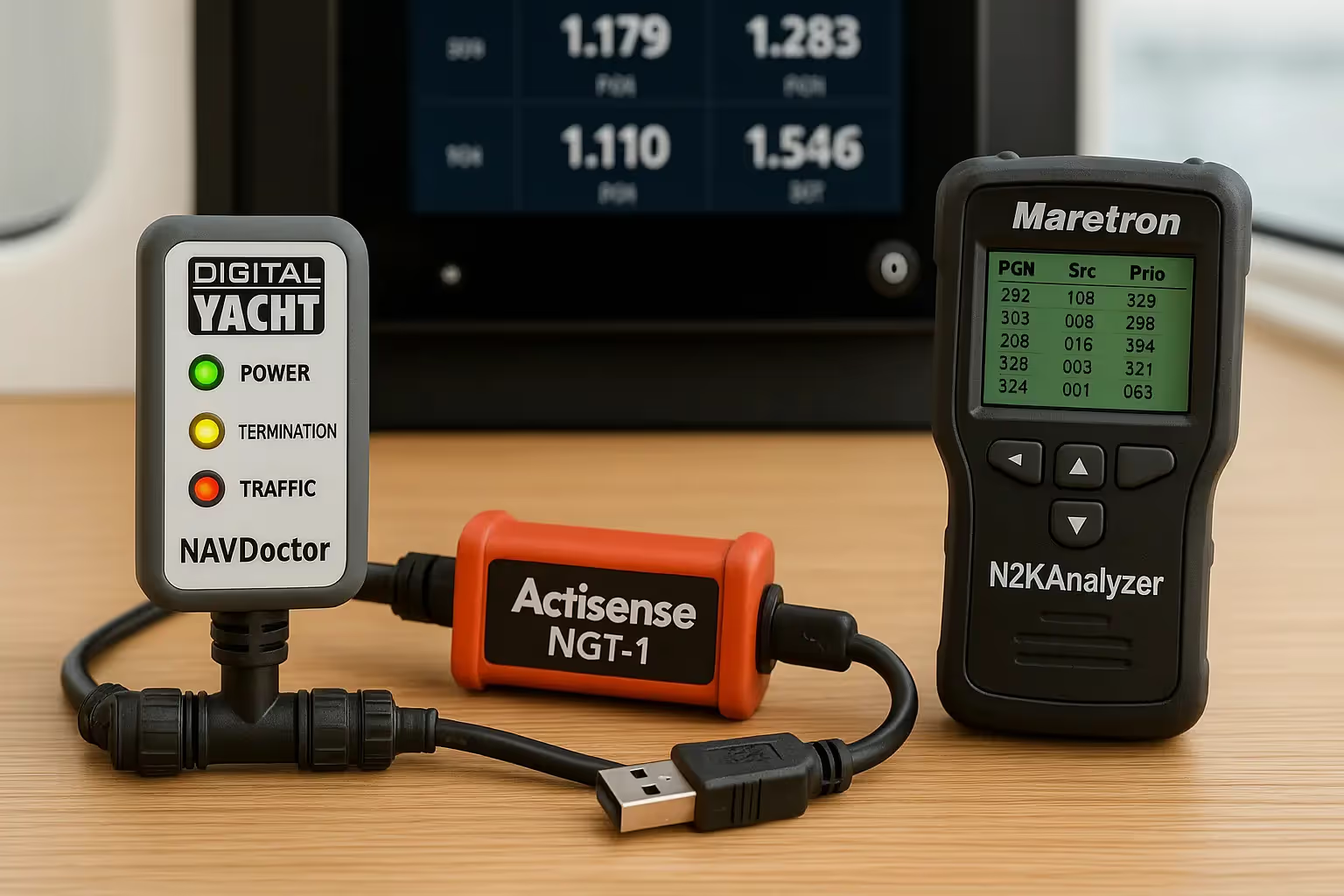The Shift of Tides: How Seasons Affect the Sea and Sailing on it around Mallorca

1. The Dance of Earth and Moon: Tidal Phenomenon
At the heart of the oceans' movements lies an intricate cosmic dance between Earth and the Moon. While on the surface the sea may seem unpredictable, it adheres to a precise rhythm governed by this interstellar relationship. As the Moon orbits Earth, it exerts a gravitational pull on our planet, drawing massive quantities of ocean water toward itself. This creates a noticeable "bulge" or high tide on the side facing the Moon. Simultaneously, another high tide occurs on the opposite side, thanks to Earth's centrifugal force created by its rotation. In contrast, the areas between these bulges experience low tides.
However, the relationship isn't fixed. As the Moon waxes and wanes through its monthly phases, the strength and alignment of its gravitational pull along with the Sun's result in various tidal patterns. At times the tides are pronounced spring tides, especially when the Earth, Moon, and Sun align. At other times, they are more moderate and known as neap tides when the three bodies form a right angle. For sailors, especially those navigating close to shores or in tidal estuaries, having an understanding of this delicate balance is essential. For here, in the gravitational embrace of the Earth and the Moon, lies the essence of the tides.
2. The Tilt and Orbit: Seasons’ Creation
Nature's grandeur doesn't only unfold in the dance of tides, but also in the transition of seasons, an exquisite interplay between Earth's tilt and its orbit. As Earth journeys around the Sun, its axial tilt of approximately 23.5 degrees remains relatively constant in relation to distant stars. However, this tilt results in varying angles of sunlight striking different hemispheres, giving birth to our seasons.
During summer in the Northern Hemisphere, it's tilted towards the Sun, soaking in more direct sunlight, which brings warmth. Conversely, in winter, the same hemisphere tilts away, experiencing less sunlight and colder temperatures. The Southern Hemisphere undergoes the opposite, with its summer and winter switching places with the north.
Yet, the story doesn't end with tilt alone. Earth's elliptical orbit also plays a role. At certain times, Earth is closer to the Sun (perihelion), and at others, farther away (aphelion). While this variation is minor, combined with axial tilt, it can accentuate the intensity of seasons.
These changes require sailors to adjust to new wind patterns, sea temperatures, and sailing conditions. Understanding the origins of seasons makes it easier to navigate these always-shifting waters, whether it's the tranquil Mediterranean summer or a brisk Mallorcan winter.
3. Equinoxes and Their Effect on Tides
In the grand cycle of the year, two moments stand out with celestial significance: the Autumn and Spring equinoxes. Derived from the Latin words aequus (equal) and nox (night), equinoxes mark the times when day and night are of nearly the same length. More than just a balance of light and dark, these periods come with unique implications for our tides.
During equinoxes, the Sun's position aligns directly with the Earth's equator, creating a gravitational synergy with the Moon. During these periods, when the Sun, Earth, and Moon fall into a straight line, their combined gravitational forces give rise to the most pronounced tidal effects known as 'spring tides' (a term unrelated to the season). These tides exhibit the highest of high tides and the lowest of low tides, producing vast tidal ranges.
Conversely, when the sun and moon are at right angles relative to Earth, their gravitational pulls partially offset each other, resulting in the less dramatic 'neap tides'.
For sailors, the equinoxes are a period of wonder but also caution. The heightened tidal range means deeper considerations for navigation, anchoring, and overall maritime safety. The sea, during these times, offers a masterclass on the magnificence of our cosmic choreography.
4. RYA Courses and Tidal Comprehension
The Royal Yachting Association (RYA) courses have long stood as a gold standard for nautical education. While the waters of the Mediterranean, particularly around Mallorca, are known for their relatively gentle tides, it would be a grave oversight to omit tidal studies from the curriculum. The reason for this is twofold.
First, mastering the seascape requires a grasp of tides. Sailors have the foresight to anticipate changes, plan routes, and assure safety thanks to their understanding of tidal movements, ranges, and timings. This understanding is especially important when traveling through treacherous passageways, estuaries, or along uncharted shorelines.
Secondly, the essence of RYA courses lies in producing versatile sailors. The Mediterranean's mild tides may not demand rigorous tidal navigation, but the world's waters are vast and diverse. Grasping tidal principles ensures that RYA-trained sailors are prepared to face the broader, more turbulent seas beyond, making their skills universally adaptable and invaluable.
5. The Coastal Climate of Mallorca
Mallorca, the largest of Spain's Balearic Islands, boasts a diverse climate influenced by the Mediterranean Sea and its unique topography. As winter creeps closer, the island witnesses an uptick in coastal storms—over ten annually. These tempests can turn the serene waters into a challenging arena for sailors, demanding both skill and respect.
Complementing these storms are the cold winds blowing south from the European continent, particularly from the north. These breezes sometimes come with a touch of wintry magic, gracing Mallorca's mountain peaks with a delicate blanket of snow. This juxtaposition of snow-capped mountains against the backdrop of a vast, often tempestuous sea creates an awe-inspiring panorama.
For sailors, having a good understanding of Mallorca's winter character is essential. While the island retains its charm, with secluded bays offering shelter from the harsher elements, readiness for sudden meteorological shifts ensures safe and enjoyable voyages throughout this enchanting maritime realm.
6. Sea Temperatures and Survivability
The sea, with its vastness and beauty, can sometimes mask the threats lurking beneath its surface, one of which is the fluctuating sea temperature. As seasons change, particularly from the warmth of summer to the chill of winter, the waters around Mallorca go through a cooling transformation.
A drop in sea temperature drastically reduces the time one can survive in the water if immersed. Cold waters sap body heat rapidly, leading to hypothermia—a dangerous condition where the body's core temperature drops, impairing its ability to function. Being able to recognize early signs, like intense shivering and numbness, becomes vital for survival.
Yet, despite this cautionary note, Mallorca's seas retain their allure. The cooler months offer a different, often invigorating, sailing experience. Preparedness is always key. Wearing appropriate thermal protection, understanding the risks, and having a well-devised emergency plan ensures that sailors can enjoy Mallorca's maritime splendors year-round while putting safety first.
Conclusion:
Mallorca's waters are a canvas painted with the grand brushstrokes of cosmic events and Earth's rhythms. From the subtle dances of tides influenced by the Moon's pull to the dramatic shifts in seasons shaped by Earth's tilt and orbit, a sailor's journey here is educative and enchanting. One's nautical prowess is enhanced by understanding the ebb and flow of sea temperatures, the power of coastal storms, and the necessity of tidal knowledge, emphasized in RYA training. Therefore, while Mallorca's waters speak of the grandeur of nature, they also underscore the need for respect, understanding, and preparation, ensuring that each voyage remains a cherished memory.
FAQs:
Why do tides occur?
- Due to the gravitational interactions between the Earth and the Moon. The Moon's gravitational pull creates bulges in Earth's oceans, which leads to high and low tides.
How does Earth's tilt and orbit result in seasons?
- Earth’s 23.5-degree tilt, combined with its orbit around the sun, leads to varying durations of sunlight on different parts of the planet. This is essentially what creates the seasons.
What is special about tides during the equinoxes?
- During the equinoxes, the alignment of the sun and moon results in spring tides where high tides are especially high, and low tides are particularly low.
Why is understanding tides essential in RYA courses?
- While the Mediterranean has mild tides, understanding tidal knowledge in RYA courses ensures that sailors can adapt their skills to waters with more dramatic tidal variations.
Is it safe to sail around Mallorca during winter?
- Yes, with proper precautions and understanding of seasonal changes, Mallorca offers safe and enjoyable sailing experiences even during winter, with numerous sheltered bays for anchorage.
















